15 Free Holy City transparent PNG images
Welcome to our Holy City image collection, featuring 15 free AI-generated images that capture the essence of sacred urban landscapes. Browse through our diverse array of stock photos, 3D objects, vectors, and illustrations depicting religious architecture, spiritual landmarks, and revered cityscapes. All images are available in high resolution for free download, and you can utilize our 'open in editor' feature on any image's detail page to adjust the prompt and regenerate variations that perfectly match your vision.

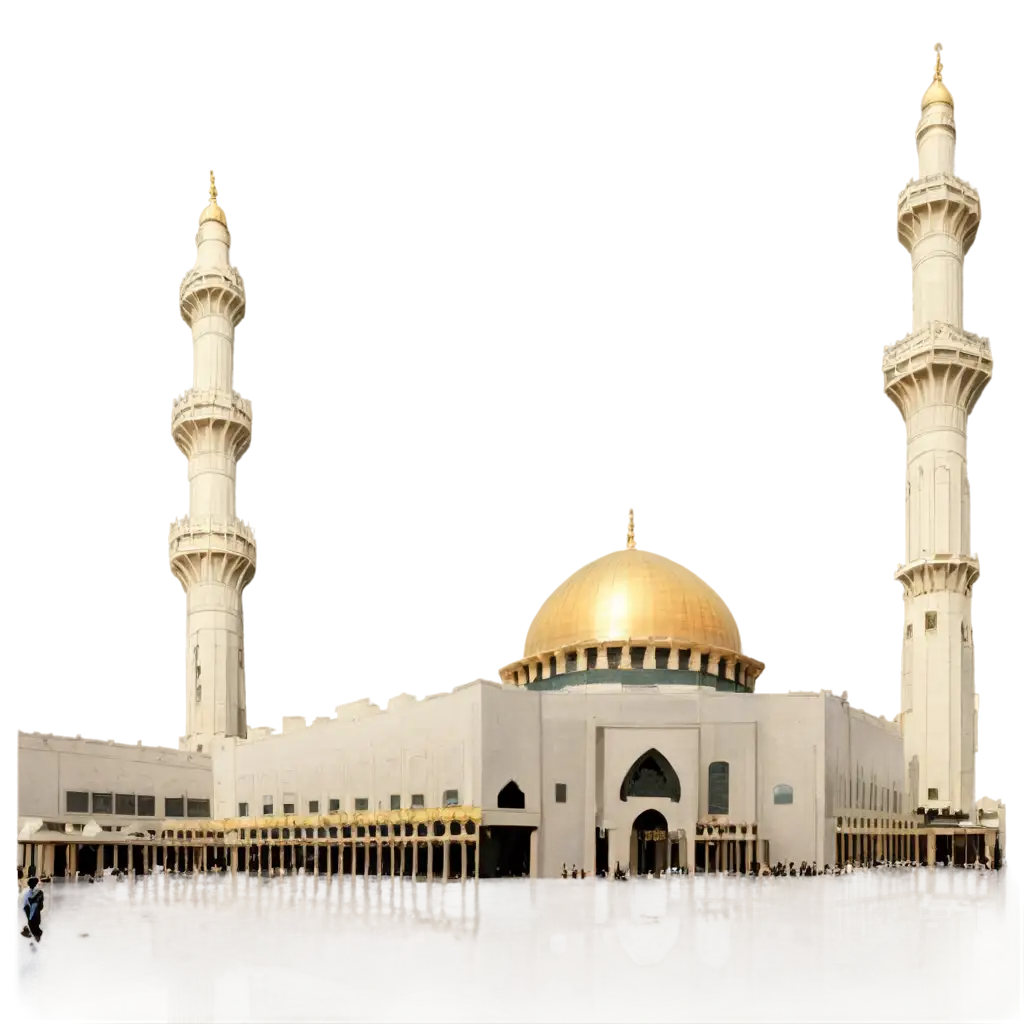
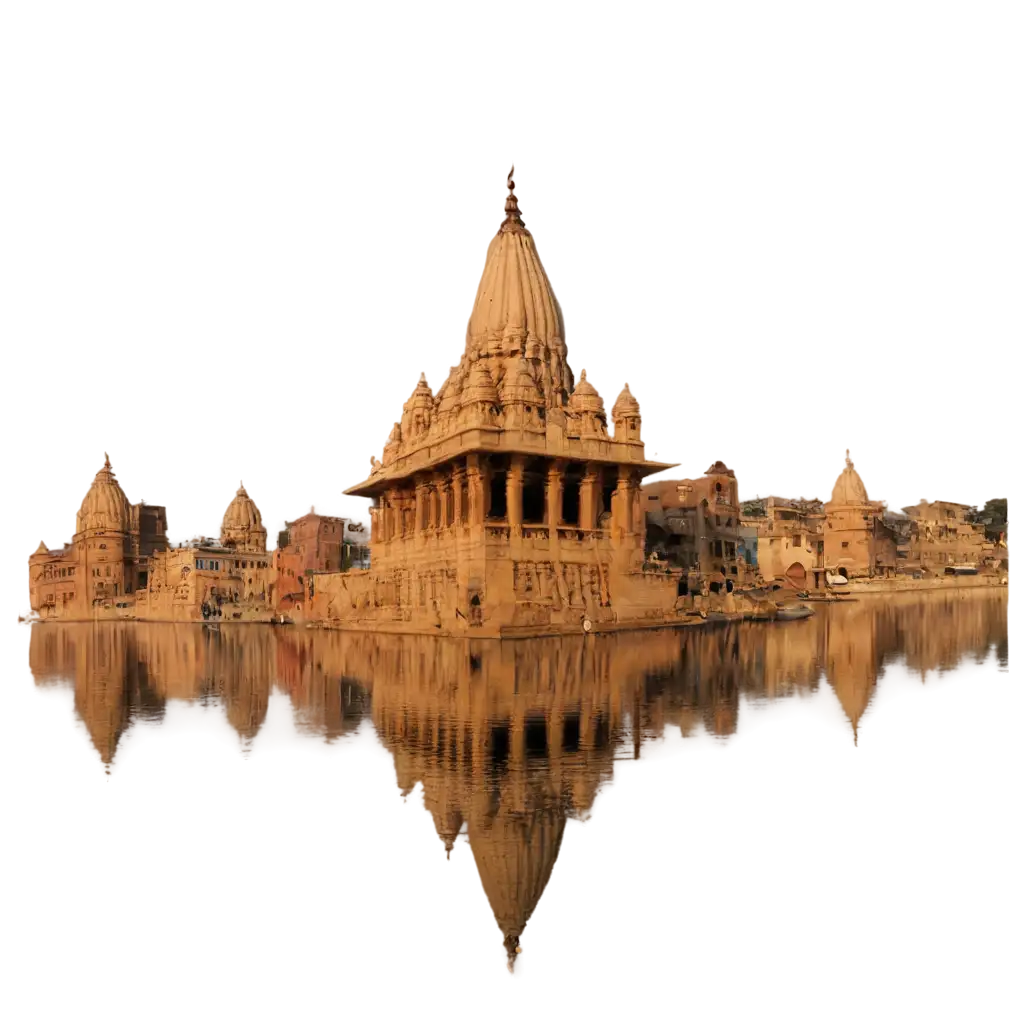
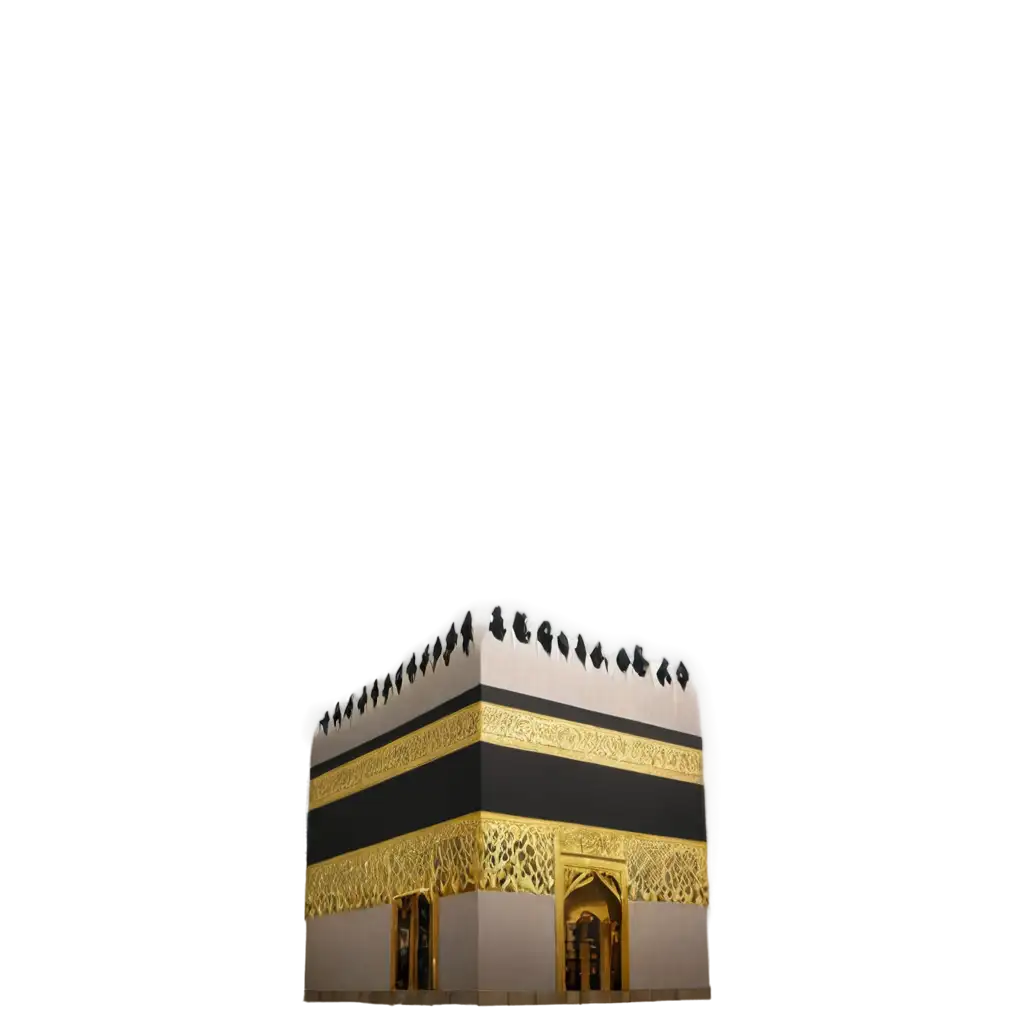

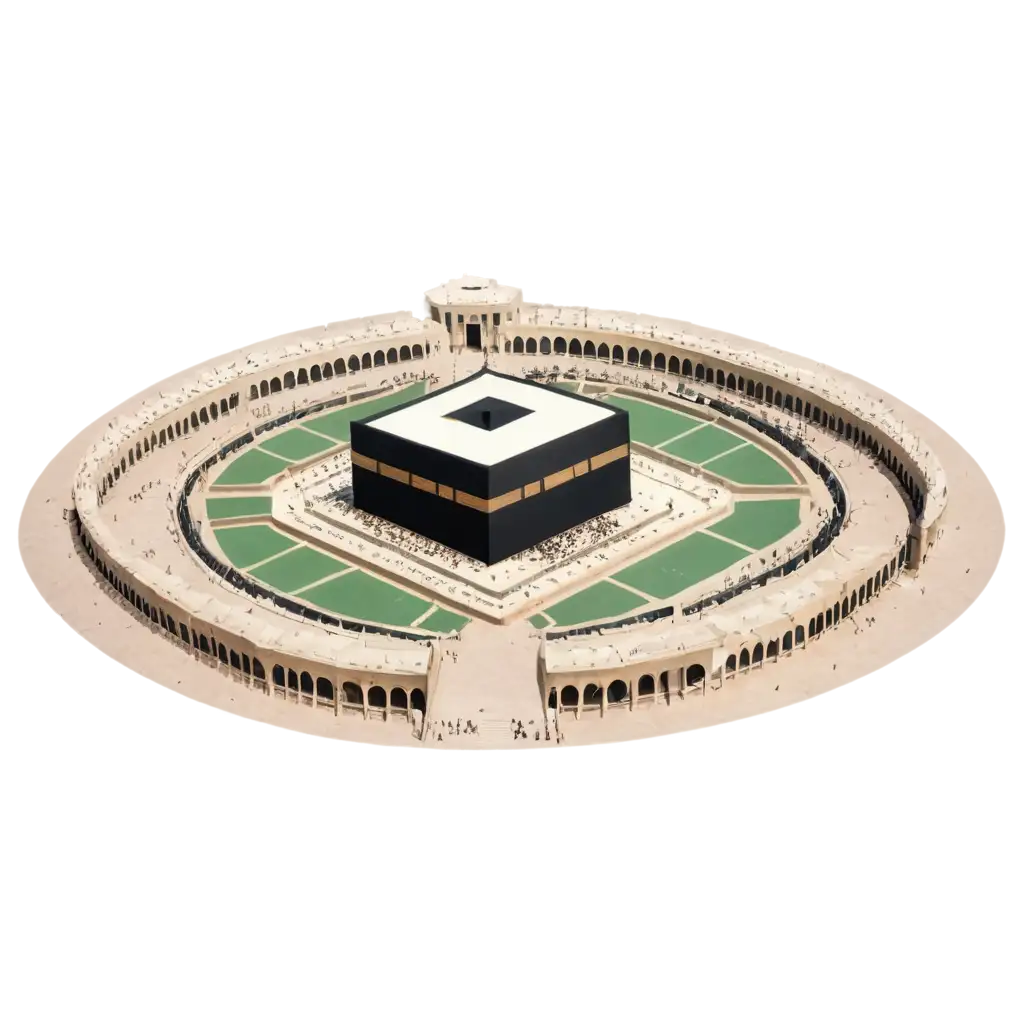
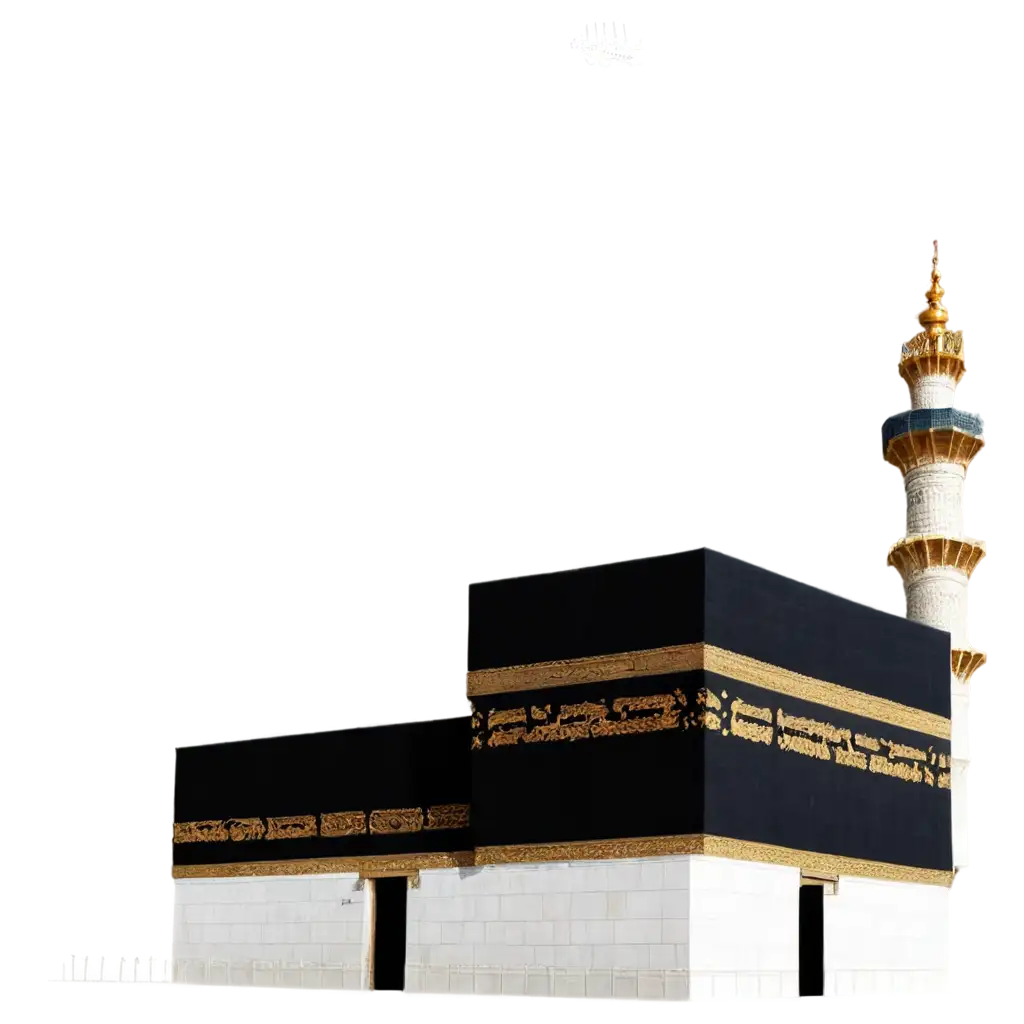
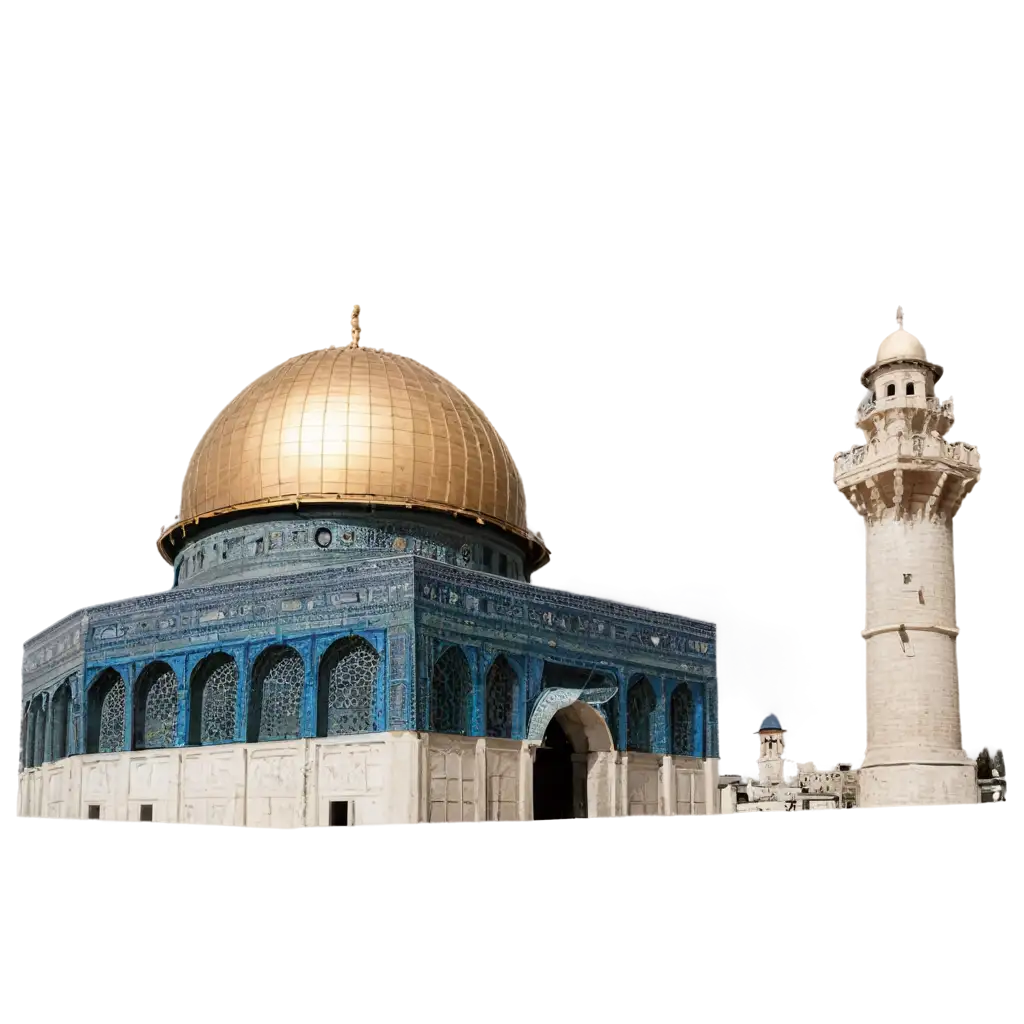

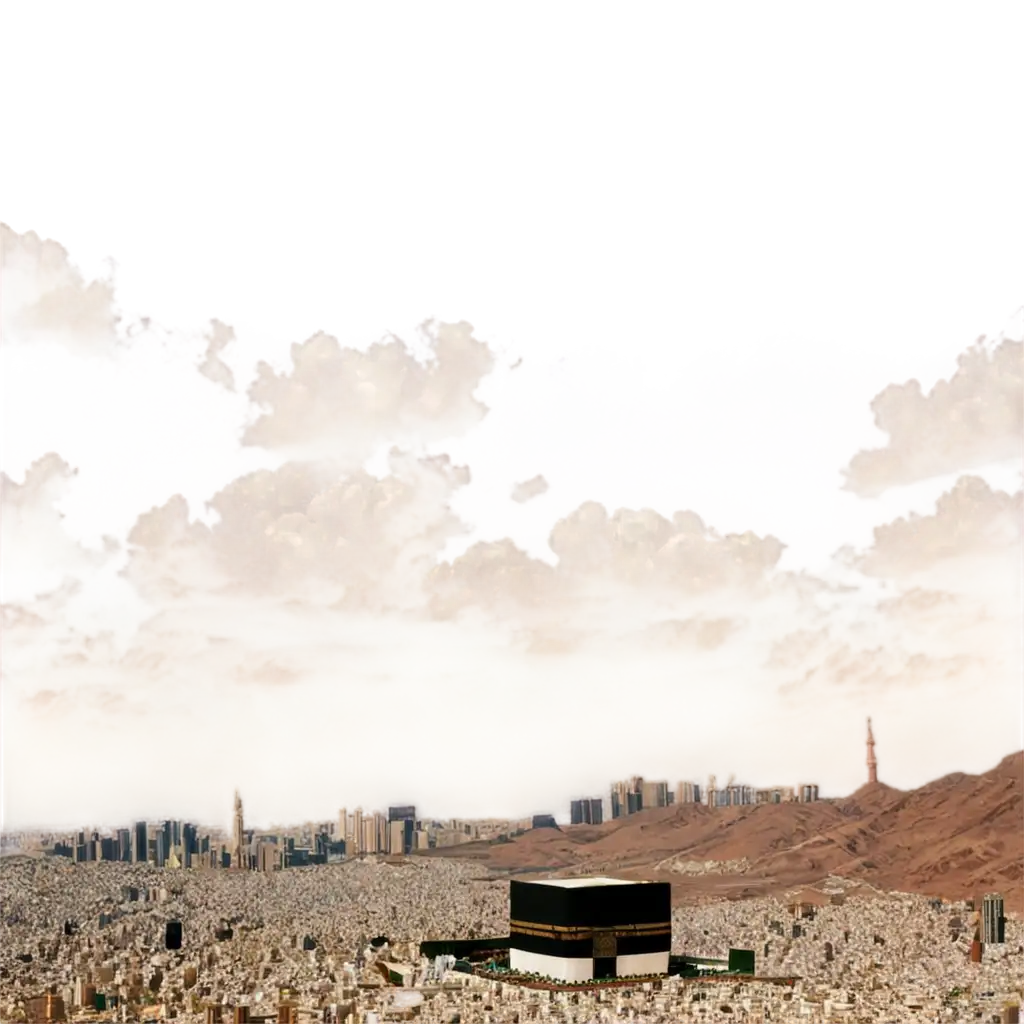

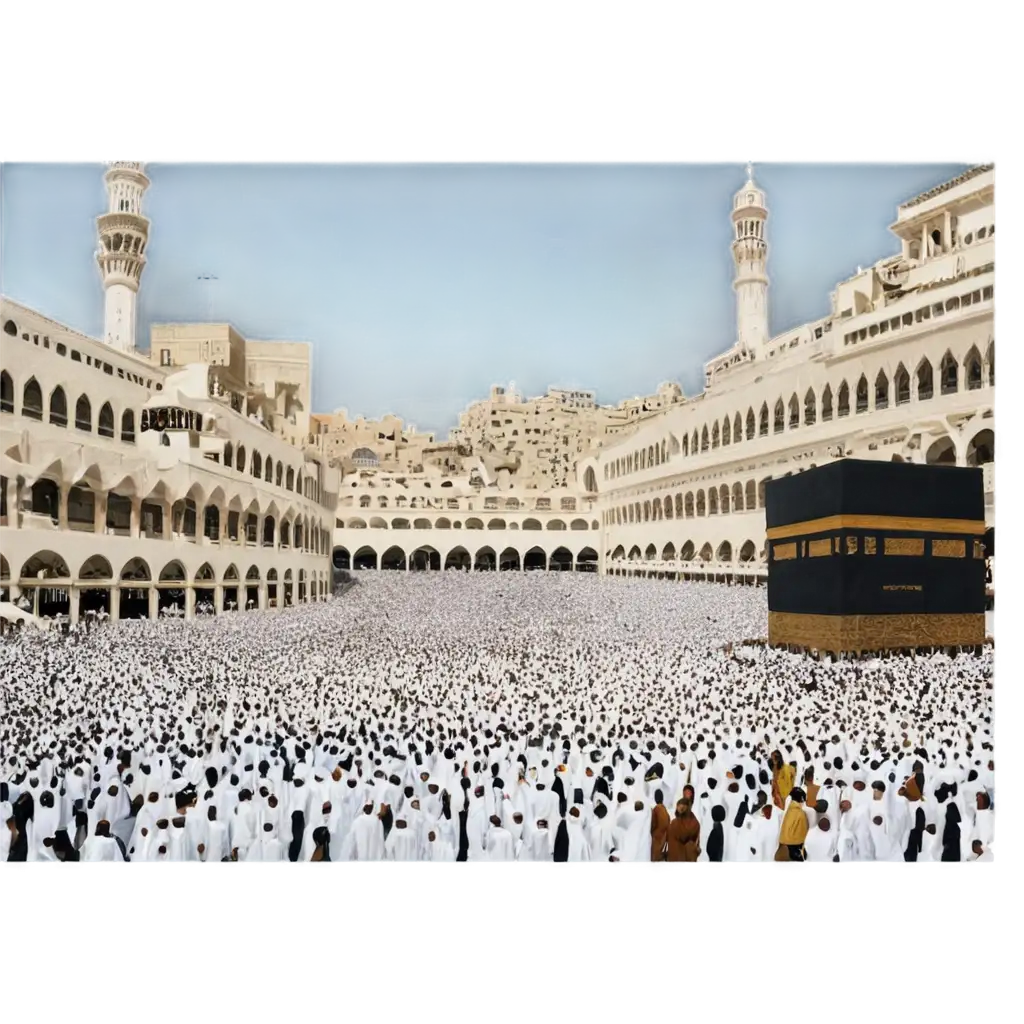
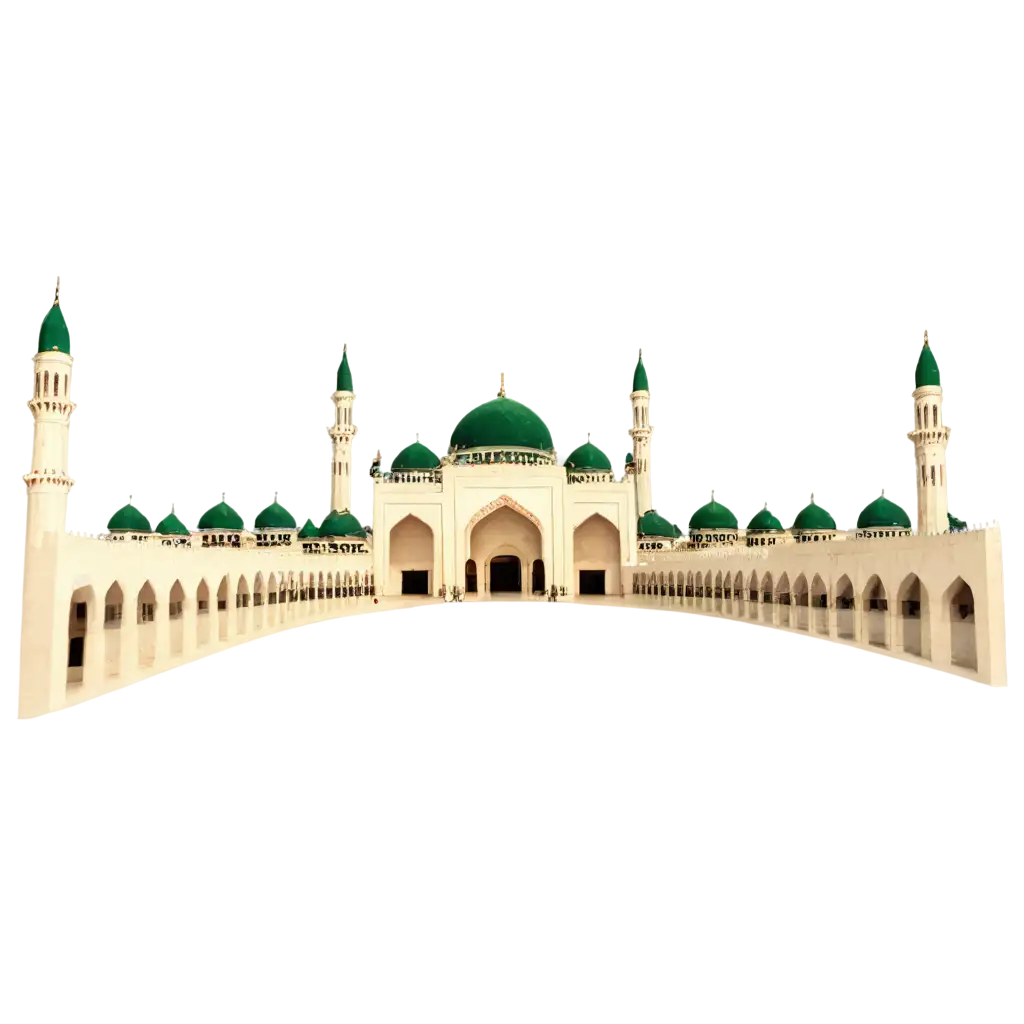
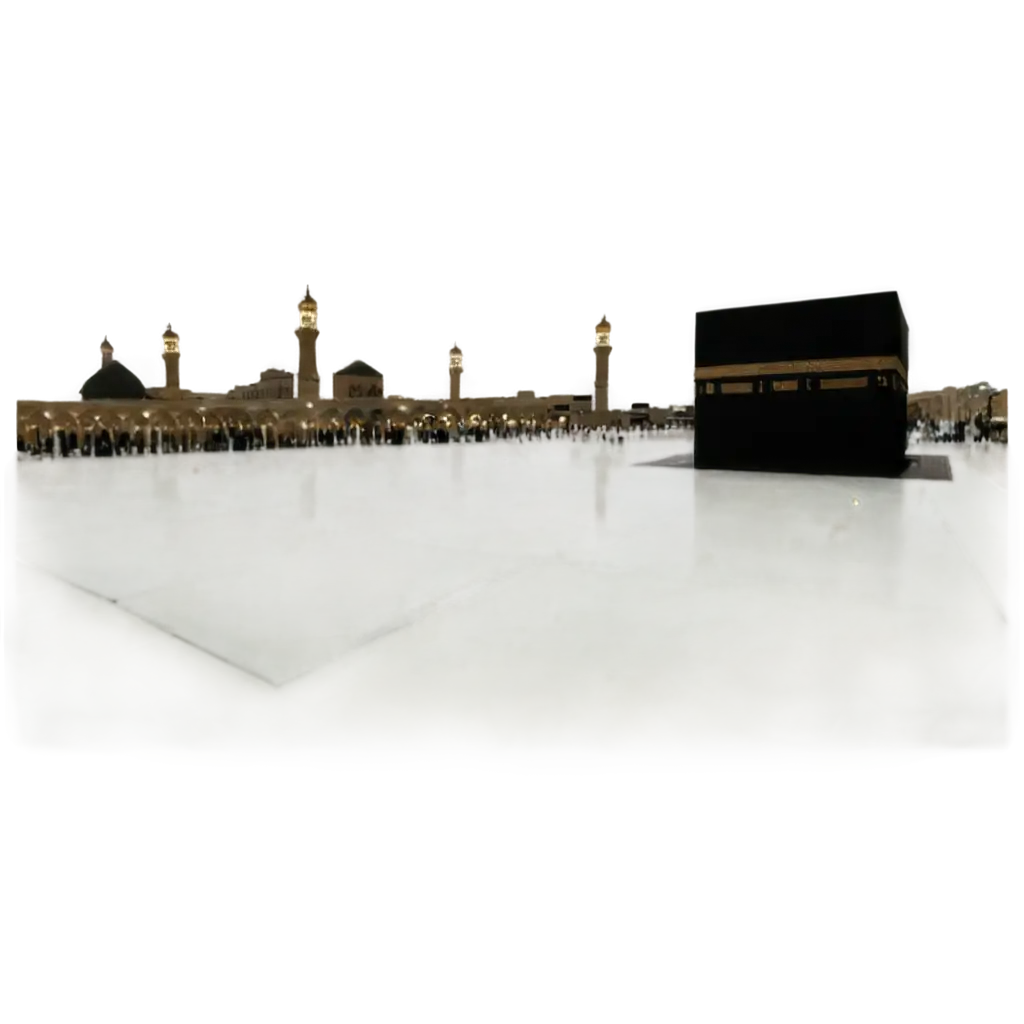
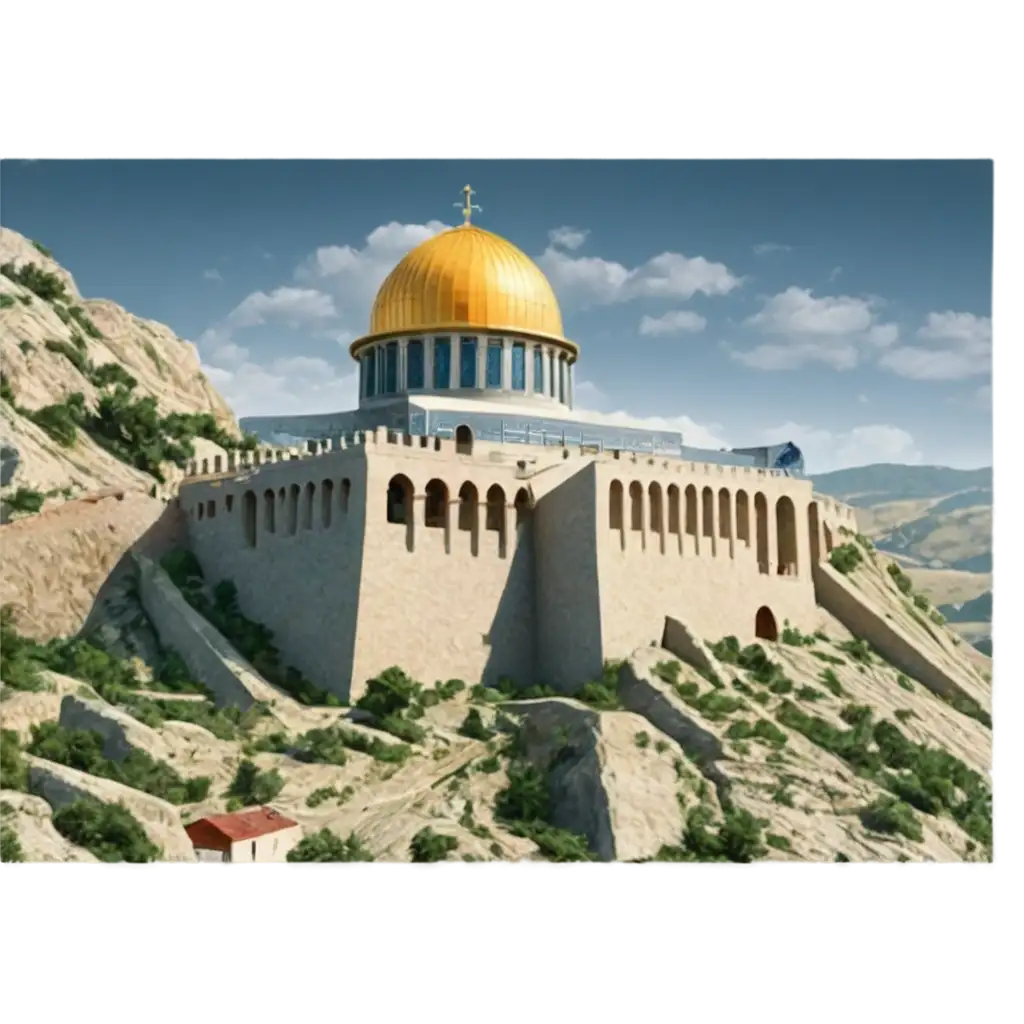
Related Tags
Holy cities have served as spiritual centers and pilgrimage destinations for millennia, each holding profound religious and cultural significance. Jerusalem, often called 'The Holy City,' stands as a sacred site for three major world religions: Judaism, Christianity, and Islam. Other notable examples include Mecca in Saudi Arabia, Varanasi in India, and Vatican City in Rome. These urban centers are distinguished by their unique architectural elements, including grand temples, mosque complexes, churches, and religious monuments that blend spiritual significance with architectural magnificence.
Holy Cities Throughout History: From Ancient Jerusalem to Modern Pilgrimage Sites
Holy cities share distinct architectural and visual characteristics that set them apart from secular urban landscapes. Common features include towering spires, ornate domes, intricate geometric patterns, and sacred symbols specific to different faiths. The architectural vocabulary often includes elements like minarets in Islamic cities, church steeples in Christian centers, and temple towers in Hindu holy sites. The visual atmosphere is enhanced by features such as ancient stone walls, narrow winding streets, ceremonial gates, and sacred water bodies. These elements combine to create a unique aesthetic that bridges the earthly and the divine.
Architectural Elements and Visual Characteristics of Holy Cities
When generating AI images of holy cities, several key elements contribute to creating authentic and respectful representations. Focus on incorporating architectural details such as domed roofs, religious symbols, and ceremonial spaces. Consider the interplay of light and shadow, particularly during golden hours or night scenes when religious buildings are illuminated. Include atmospheric elements like incense smoke, prayer flags, or devotees to add life and scale. Pay attention to historical accuracy while maintaining artistic liberty, and ensure that the representation respects the religious and cultural significance of these sacred spaces.
Creating Compelling Holy City Imagery: Tips and Techniques
Contemporary digital art has revolutionized how we visualize and interpret holy cities. Modern representations often blend traditional architectural elements with futuristic concepts, creating unique perspectives on sacred spaces. Digital artists frequently experiment with elements like floating temples, light-based architecture, and ethereal atmospheres while maintaining recognizable religious motifs. This fusion of ancient spirituality with modern artistic techniques has given rise to a new genre of sacred urban imagery that resonates with both traditional and contemporary audiences, while preserving the fundamental essence of holy cities.
Modern Interpretations and Digital Representations of Sacred Urban Spaces